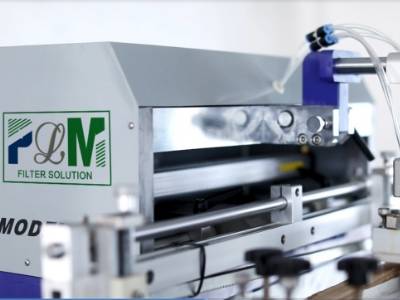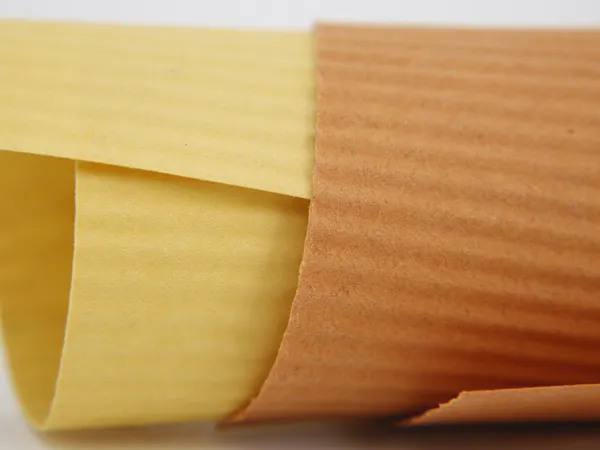- Home
- Support Center
- Production Machines
- PLPG-350
- PLM-350A
- PLGT-420
- PLGT-600
- PLGT-600N
- PLGT-1000N
- PLCZ55-600-II
- PLCZ55-800-II
- PLCZ55-1050-II
- PLCZ55-1250-II
- PLCZ55-1500-II
- Test Machines
- Auxiliary Machine
- Product Mold
- Filter Materials
- Downloads
- New Machines & Line
- Technology
- Heavy-Duty Truck Air Filter Outer Mesh Manufacturing Trends
- Advanced Filter Media Pleating Machines for Modern Factories
- Industrial Filter Paper: Key Parameters and Testing Methods
- Hot Melt Glue Types and Industrial Applications
- Filter Media Tips to Reduce Expenses
- HEPA Filter: From Primary to High Efficiency Filter Media
- Basic Knowledge of Injection Molds
- How to Select Premium Automotive Filter Paper
- Common Issues in PP Injection Molding
- PP Injection Molding
- Dust Removal Principles of HEPA
- Videos

One-Stop Filters Solution Designer
- Production Machines
- Process Management
- PU Air Filter Line
- Filter Paper
- Filter Paper Pleating
- Filter Paper Cutting
- Special Shaped Filter Cutting
- PU Frame Molding & Air Filter Assembly
- Air Filter Gluing
- Air Filter Curing
- Frame Trimming
- Printing
- Film Shrinking
- Convey
- PP Air Filter Line
- Toyota Air Filter Line
- Truck Air Filter Line
- Cabin Filter Line
- Spin-On Fuel & Oil Filter Line
- Eco Fuel & Oil Filter Line
- Filter Paper
- Filter Paper Pleating
- Filter Paper Curing
- Filter Paper Cutting
- Filter Paper Bonding
- End Caps Stamping
- End Caps Gluing
- PVC End Caps and Filter Paper Assembly
- Non-Woven End Caps and Filter Paper Assembly
- Plastic End Caps and Non-Woven Filter Cloth Welding
- Plastic End Caps, Plastic Inner Tube and Filter Paper Assembly
- Hydraulic Filter Line
- Seawater Purification Filter Production Line
- Primary Medium HEPA Filter Line
- Filter Materials for HEPA Filters
- Filter Media Compositing
- Filter Media Pleating
- Separated Paper Corrugating
- Separated Paper Marking & Forming
- Bag-Type Medium-Efficiency Air Filter Production Line
- Bag Filter Material Cutting
- Dispensing Machine
- Paper Frame Gluing
- Primary Paper Frame Filter Centerline Glue Injection
- V Bank Gluing Machine
- Trapezoidal Bag Filter Line
- Industrial Purifier & Cleaner Line
- Toyota Eco Oil Filter Line
- Honeycomb Filter Line
- Water Filter Line
- Hospital Curtain Line

One-Stop Filters Solution Designer
- PU Air Filter Line
- Total Solutions
- Customer Cases
- News
- Quality Assurance
- Technical Support
- About PLM
- Contact
search




